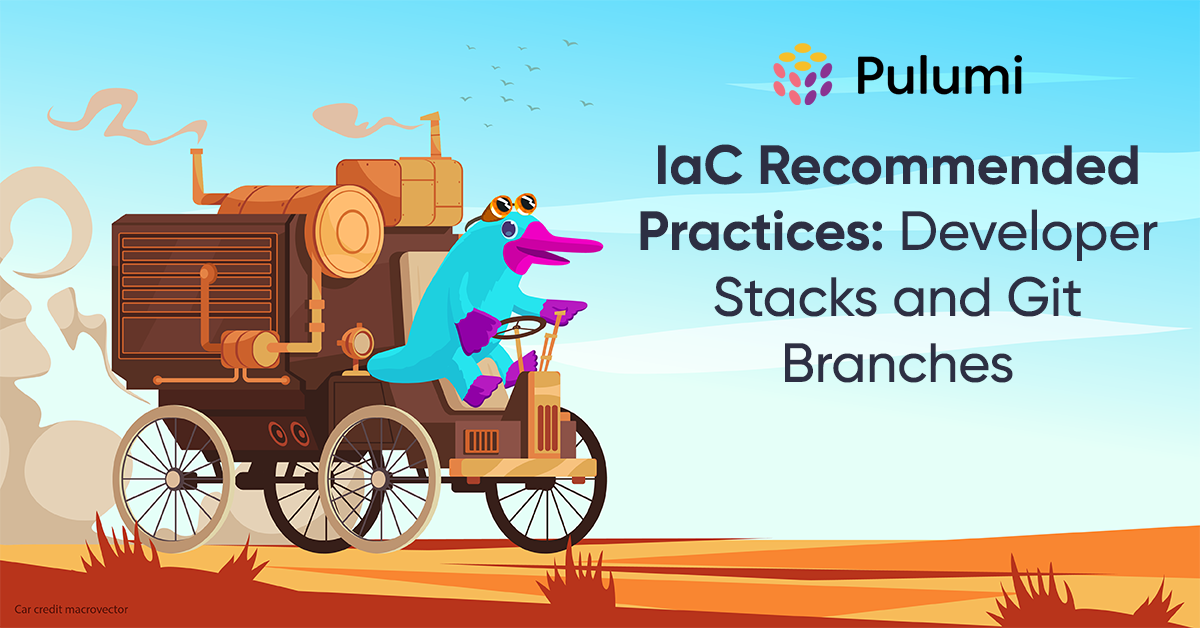Kubernetes Best Practices I Wish I Had Known Before

Kubernetes has undeniably transformed the way we build, ship, and run applications. But let’s be honest, getting started with Kubernetes can feel like climbing Mount Everest in flip-flops.
As a cloud-native citizen and Kubernetes enthusiast, I’ve learned the hard way that there are a bunch of “wish I had known that earlier” best practices. They could have saved me time, money, and headaches.







